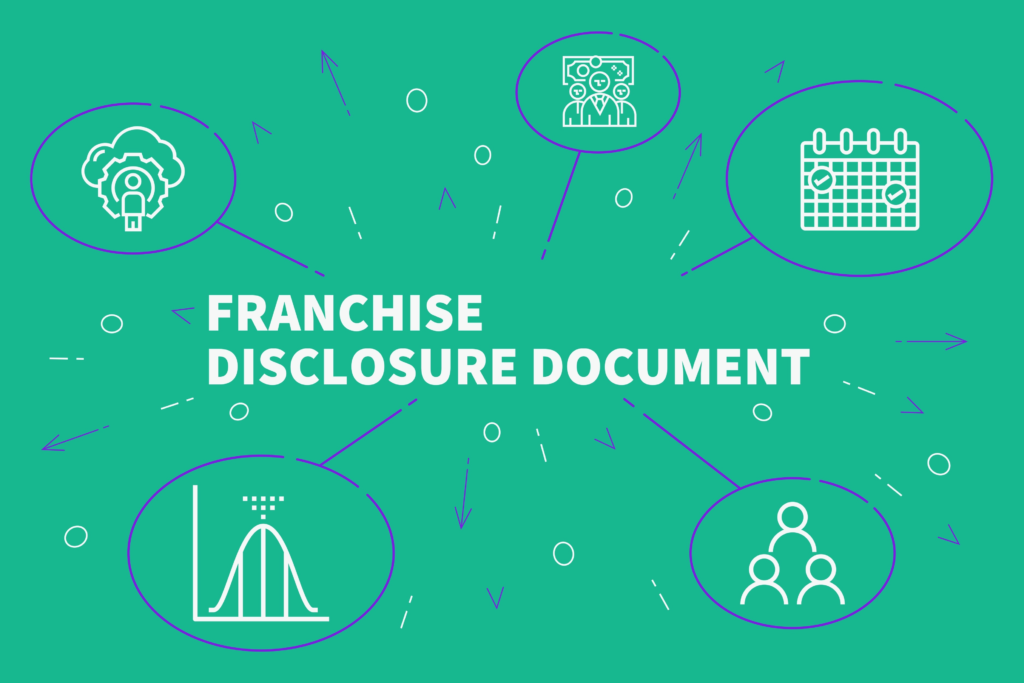
Part 1 of a 4 part series. For aspiring entrepreneurs venturing into the world of franchising, comprehending the Franchise Disclosure Document (FDD) is an essential step in the due diligence process. The FDD is a legally mandated document that provides comprehensive information about the franchise opportunity, helping potential franchisees make informed decisions before investing. Let’s delve into the first three sections of the FDD and understand what crucial insights they offer to help you Understanding the Franchise Disclosure Document.
- Franchisor and its Predecessors (Items 1 and 2)
The first two sections of the FDD sheds light on the franchisor’s history, structure, and key personnel. Item 1 covers the franchisor’s business background, detailing important aspects such as the parent company, affiliates, and any predecessors. It gives a brief overview of the franchise’s business operations and provides insights into the experience and expertise of the management team.
Item 2, on the other hand, focuses on the franchisor’s management team and their involvement in any legal issues over the past ten years. This section provides valuable information about the individuals steering the franchise, including their positions, responsibilities, and any legal proceedings they’ve been a part of. It offers a glimpse into the professional backgrounds and legal standing of those in charge of the franchise.
- Business Experience (Item 3)
In the next section, Item 3, prospective franchisees can find crucial information about the franchise system’s history and the experience of other franchisees. This section outlines the number of franchise units, both company-owned and franchised, in operation, as well as those that have ceased operations in recent years.
The item also provides data regarding the franchisees’ backgrounds, such as their prior business experience and any prior relationship with the franchisor or its affiliates. Understanding the success rates and turnover rates of franchisees can give potential investors valuable insights into the potential risks and rewards associated with the franchise opportunity.
- Litigation History (Item 4)
The fourth section, Item 4, delves into the legal aspects of the franchisor’s history. It details any ongoing or past litigation involving the franchisor, its affiliates, or its key personnel. This can include a range of legal matters, from franchise-related disputes to financial or regulatory issues.
Understanding the litigation history is crucial for potential franchisees to assess the legal stability and risk associated with the franchise opportunity. It allows them to evaluate the franchisor’s track record in handling legal matters and anticipate potential legal challenges they might face as franchisees.
The first four sections of the Franchise Disclosure Document provide essential information about the franchisor’s background, management team, franchise system’s history, franchisee experiences, and legal standing. Prospective franchisees should thoroughly review these sections to gain valuable insights into the franchise opportunity and make informed decisions that align with their entrepreneurial goals and risk tolerance.
I hope you were able to pull a few nuggets out of this article Understanding the Franchise Disclosure Document.
About the author: John Henning is a full time Franchise Developer with more than 18 years of experience in Franchising. He has personally helped more than 500 entrepreneurs start a Franchise business and has lead several teams in Franchise Development with established & emerging Franchise brands. You can reach John at 484-942-6383